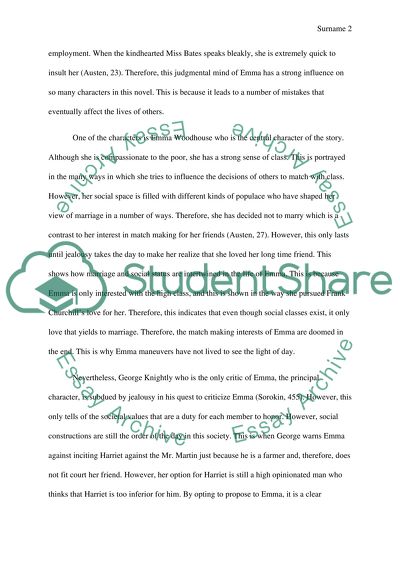Cite this document
(“Marriage and Social Status in Jane Austen's Emma Research Paper”, n.d.)
Retrieved from https://studentshare.org/literature/1445131-marriage-and-social-status-in-jane-austen-s-emma
Retrieved from https://studentshare.org/literature/1445131-marriage-and-social-status-in-jane-austen-s-emma
(Marriage and Social Status in Jane Austen'S Emma Research Paper)
https://studentshare.org/literature/1445131-marriage-and-social-status-in-jane-austen-s-emma.
https://studentshare.org/literature/1445131-marriage-and-social-status-in-jane-austen-s-emma.
“Marriage and Social Status in Jane Austen'S Emma Research Paper”, n.d. https://studentshare.org/literature/1445131-marriage-and-social-status-in-jane-austen-s-emma.


